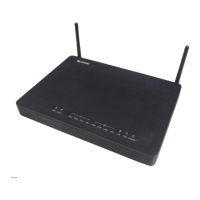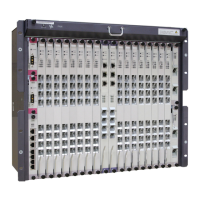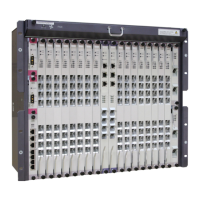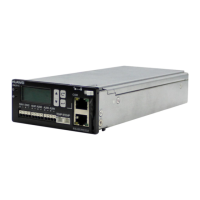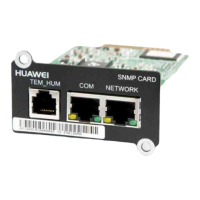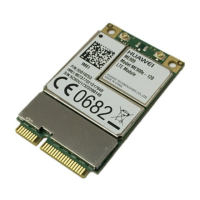Configuration Data Analysis
Incorrect re-configurations and expansion configurations, and outstanding problems of existing
configurations are possible causes of a fault. Therefore, when locating and troubleshooting a
fault, analyze the configuration data. Maintenance engineers need to master configuration
methods and implementation principles of different services and functions to check the
configuration data for different faults and to improve troubleshooting efficiency.
Alarm Analysis
Causes of certain faults can be found by analyzing alarms, or a fault can be located using alarm
analysis together with other methods.
An alarm is an important message when a fault or an event occurs. The alarm information
includes the detailed description and the possible cause of a fault or an abnormality, and the
troubleshooting advice. The information also involves aspects such as the hardware, link,
service, and CPU usage. The volume of the alarm information is large and complete, which is
the important basis for fault analysis and location.
When a fault occurs in the system, check whether an alarm is generated in the system. If an alarm
is generated, analyze the alarm associated with the fault, and clear the alarm to rectify the fault
by referring to Alarm Reference.
Comparison Analysis
Comparison analysis compares the faulty components or symptoms with the normal components
or symptoms, and find out differences, to locate the fault. For example, compare line parameters
of faulty services with line parameters of normal services, or compare devices at the same
network layer. Comparison analysis applies to faults that are caused by a single factor.
Interchange Analysis
When a fault cannot be located after the faulty parts are replaced, maintenance engineers can
locate and troubleshoot the fault using the interchange analysis.
Interchange is to interchange the parts that may be faulty with normal parts (such as boards and
cables), and compare the running conditions to locate the faults. This method applies to the
following scenarios:
l After a part is replaced, the scope or the location of the fault cannot be found.
l The fault is caused by multiple factors.
CAUTION
The interchange operation is risky to certain extent. For example, when users install the short-
circuited board in a normal running subrack, the subrack is damaged. Therefore, to prevent
another fault from occurring, exercise caution when using the interchange analysis.
Exclusive Method
When a fault is complicated and involves multiple stages, maintenance engineers can locate the
fault using the exclusive method to exclude the normal stages.
SmartAX MA5612 Multi-service Access Module
Maintenance Guide 3 Engineers' Must-Read
Issue 01 (2012-07-25) Huawei Proprietary and Confidential
Copyright © Huawei Technologies Co., Ltd.
24
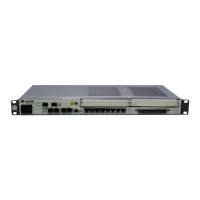
